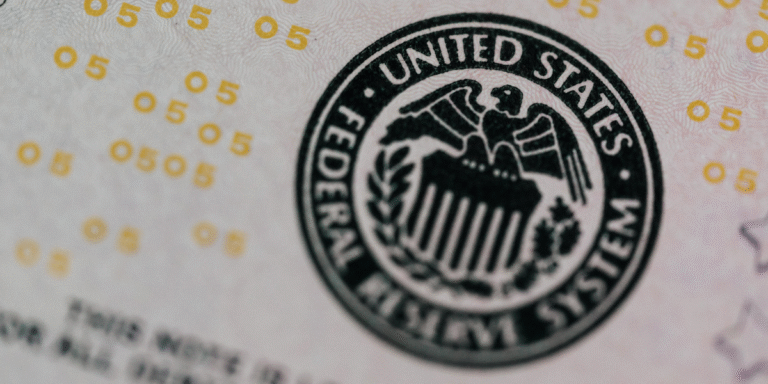In a recent decision, the Federal Reserve announced it would keep interest rates unchanged, a move reflecting the central bank’s cautious approach as it navigates ongoing economic uncertainty. With inflation still above its 2% target and emerging signs of a slowdown in economic activity, the Fed has opted for a more measured strategy, holding off on further rate hikes despite market expectations that it might tighten policy.
Inflation has remained stubbornly high, continuing to exceed the Fed’s target. However, the latest economic data paints a mixed picture, showing not only persistent price pressures but also early indications of economic weakening. Slower job growth, reduced consumer spending, and a drop in industrial output have led some to believe that the economy could be heading into a period of slower growth or even a mild recession. In response, the Federal Reserve has chosen a more cautious path, deciding not to raise interest rates further as it evaluates the impact of previous hikes on the broader economy.
Raising interest rates is a traditional tool the Fed uses to combat inflation by making borrowing more expensive, thereby cooling down consumer spending and business investment. However, the Fed is now in a delicate balancing act—its challenge is to combat inflation without stifling growth or pushing the economy into a deeper downturn. Higher borrowing costs can lead to reduced consumer and business activity, which, while beneficial in curbing inflation, can also weaken overall economic momentum. As the economy grapples with these conflicting pressures, the Fed has chosen to pause, hoping to avoid exacerbating the slowdown.
Beyond inflation, the Federal Reserve’s decision also reflects concerns about the economy’s fragility. Economic indicators such as job creation and consumer confidence have shown signs of softening, leading the central bank to reassess its policy stance. The Fed has signaled that it will continue to monitor incoming economic data closely, particularly trends in inflation and employment, to gauge the appropriate timing for any future rate changes.
Globally, central banks face similar challenges as they attempt to navigate inflationary pressures alongside slowing economic growth. Rising energy costs, supply chain disruptions, and geopolitical uncertainties have added to the complexity of decision-making for monetary authorities worldwide. The Fed’s cautious approach mirrors actions taken by other central banks, who are also in a wait-and-see mode, adjusting their policies as they receive new economic data.
The markets have responded to the Fed’s decision with a mix of reactions. Some investors had hoped for an interest rate hike as a sign of a stronger economy, while others view the pause as a prudent move to prevent an overly aggressive tightening of policy. Looking ahead, much will depend on how inflation and the labor market evolve in the coming months. If inflation remains stubbornly high or unemployment starts to rise more significantly, the Fed may resume rate hikes to curb inflationary pressures. Conversely, if economic conditions continue to soften, the Fed could consider loosening policy to support growth.
As the U.S. economy faces a period of uncertainty, all eyes are on the Federal Reserve. Its next steps will be critical in determining how the economy navigates the delicate balance between controlling inflation and fostering sustainable growth.



